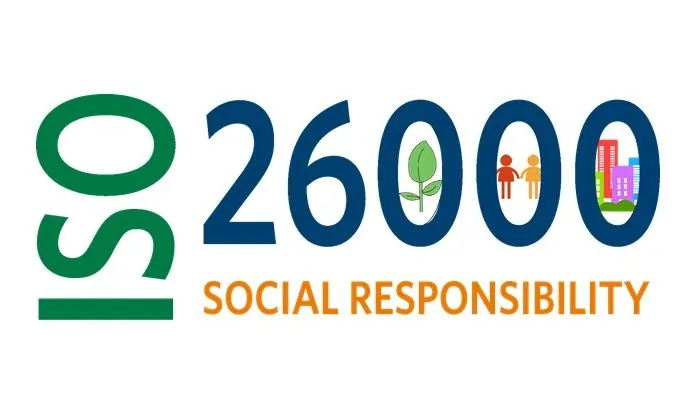ISO 20000 is a set of global standards that define the best practices for managing information technology services. This standard provides a framework for organizations to establish, implement, and maintain their information technology service management systems through continuous improvement. This article will discuss ISO 20000, its history, key principles, the certification process, implementation steps, and its impact on the quality of information technology services.

What is ISO 20000?
In an era of rapid technological advancements, efficient management of information technology services has become increasingly important. ISO 20000, as a global standard for information technology service management, plays a crucial role in ensuring the delivery of quality services by organizations.
ISO 20000 Certification
To obtain ISO-20000 certification, organizations must meet specific requirements set in the standard. This process involves a thorough audit to ensure the organization’s compliance with these standards.
The Importance of Information Technology Service Management
In an era where technology plays a significant role in nearly every aspect of business operations, effective management of information technology services is vital. ISO 20000 assists organizations in aligning their IT services with business objectives and executing operations flawlessly and efficiently.
Development and Evolution of the ISO-20000 Standard
ISO-20000, originating from the British standard BS 15000, has evolved to standardize information technology service management. Over time, it has become a global standard used across various industries. Initially accepted by organizations focused on IT, it is now benefiting diverse companies in finance, healthcare, and other sectors.

Key Principles of the ISO 20000 Standard
This standard emphasizes the importance of clear and defined processes in delivering IT management services. From incident and problem management to the enhancement and development of services, each stage is carefully defined to enable organizations to deliver their services in an organized and effective manner. Additionally, the standard underscores the importance of building strong relationships with internal and external entities, considering effective communication and ongoing collaboration with these entities as key elements in successful IT service management.
Benefits of Obtaining ISO 20000 Certification
Obtaining ISO 20000 certification is recognized as a valuable step for organizations. This certification signifies an organization’s commitment to adhering to international IT service management standards and contributes to improving service quality, increasing customer satisfaction, and creating trust and credibility in the market. Additionally, it aids organizations in systematically identifying and resolving issues, reducing risks, and enhancing the deployment of IT service management systems.
Challenges in Obtaining Certification
In the journey towards implementation, organizations face challenges such as resistance to change or resource limitations. To overcome these challenges, managers need to carefully plan the implementation process, ensure proper coordination with their teams, and utilize project management tools and technologies.
Implementing ISO 20000
Implementing ISO 20000 not only helps improve service quality but also increases productivity and performance, elevating the organization to a higher level of IT service management. This process requires precise coordination and managerial commitment. The implementation steps include:
- Gap Analysis: The organization first needs to identify current deficiencies in IT service management processes.
- Defining Objectives: Based on the gap analysis results, the objectives and expectations from the implementation of the standard should be clearly defined.
- Implementation Planning: The implementation plan should include the scheduling of stages, resource allocation, and methods for measuring progress.
- Implementation and Execution: This stage involves changing processes, training staff, and establishing new management structures.
- Evaluation and Modification: After each stage, a thorough assessment of progress should be conducted, and necessary adjustments made if needed.
Conclusion: The Impact of ISO 20000 on Organizations
As a global standard, ISO-20000 enables organizations to step forward in continuous improvement and achieve better IT service management based on international principles and practices. The implementation of this standard, requiring commitment and coordination across various teams, results in significant improvements in service quality, risk management, and organizational productivity.
Frequently Asked Questions
This section answers some common questions about the ISO 20000 standard and its implementation.
Is Implementing ISO 20000 Time-Consuming?
The time required for implementation varies depending on the size and complexity of the organization. With precise planning and effective coordination, the implementation time can be minimized.
How Does ISO 20000 Effectively Improve Organizations?
ISO 20000 positively impacts service quality, customer satisfaction, and organizational productivity. To ensure continuous improvements, it is recommended to conduct progress assessments, measure productivity, and receive ongoing feedback from customers.
Is ISO 20000 Compatible with Other IT Standards?
Yes, ISO 20000 is compatible with other IT standards such as ITIL and COBIT. Organizations can select an appropriate standard and integrate it with ISO 20000 by understanding the differences as well as the advantages and limitations of each.

To obtain ISO certificates, you can contact Iran Govah through WhatsApp.


